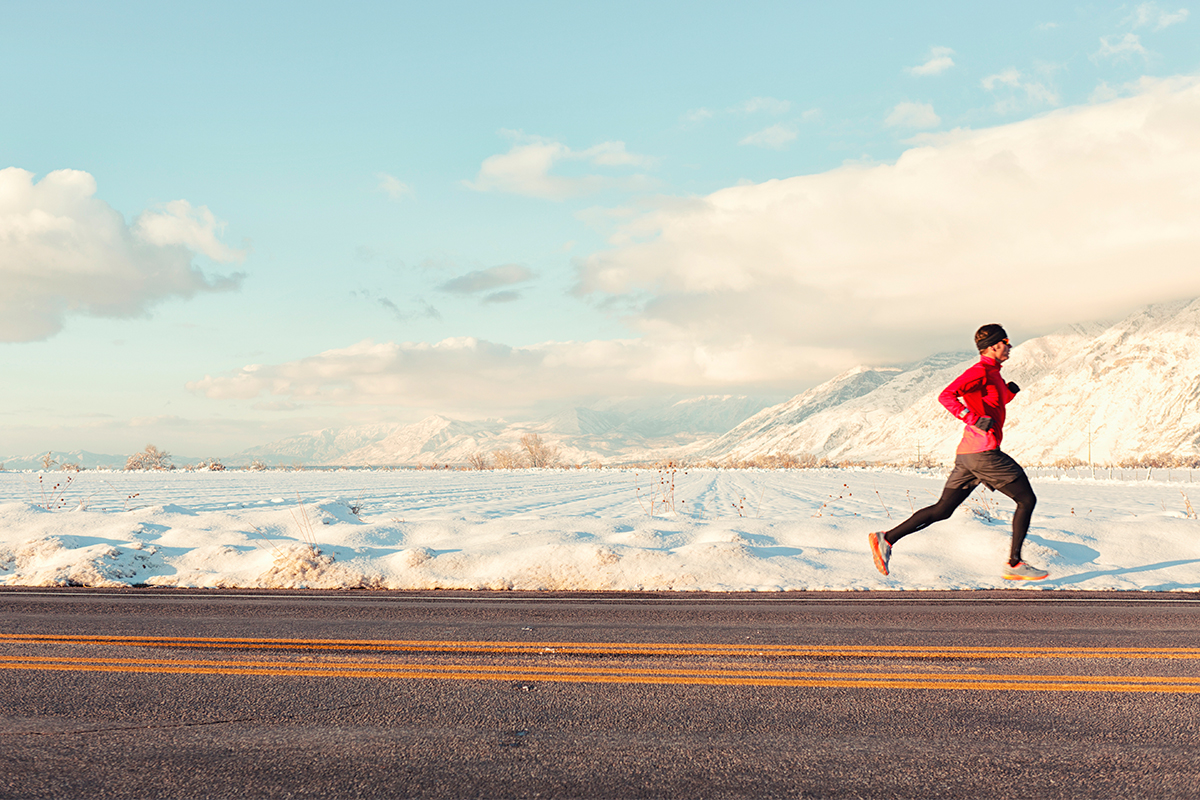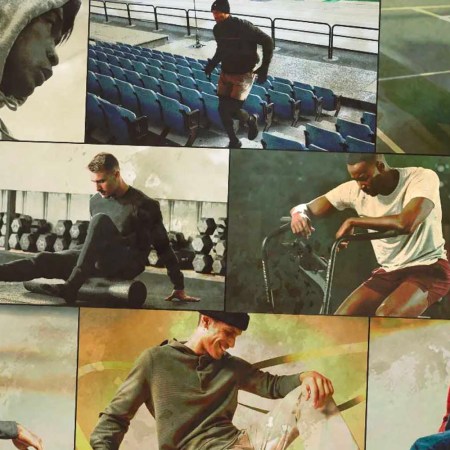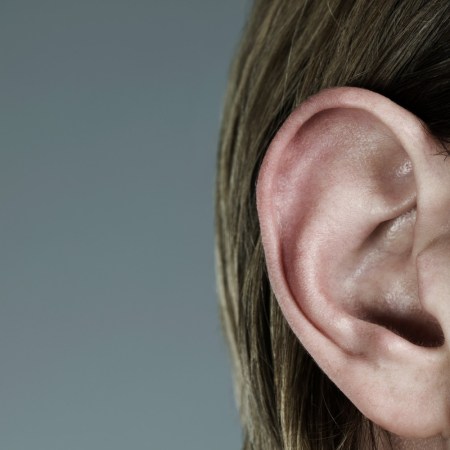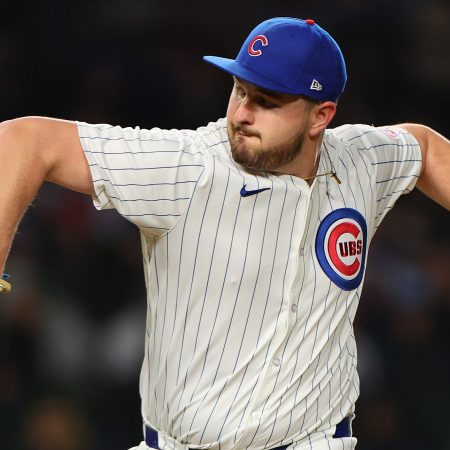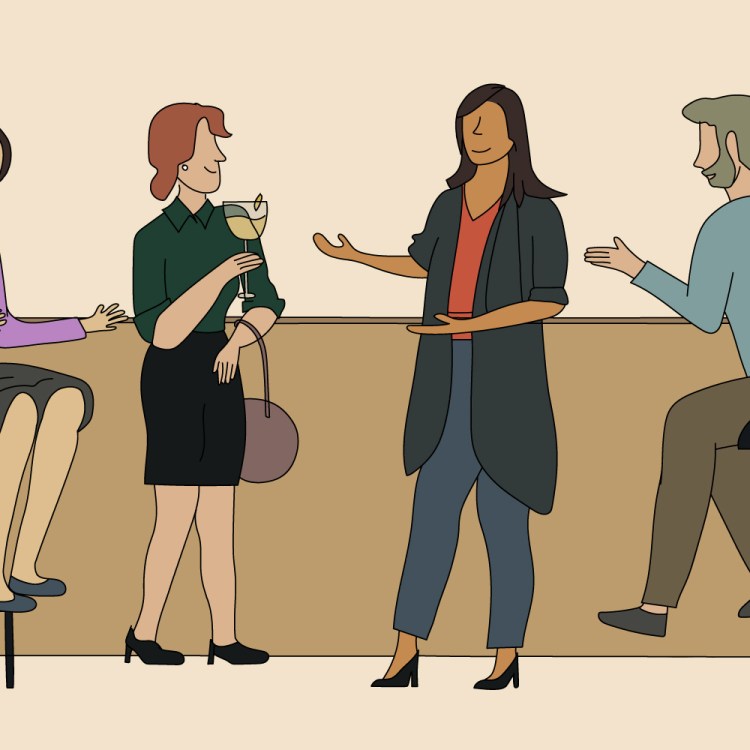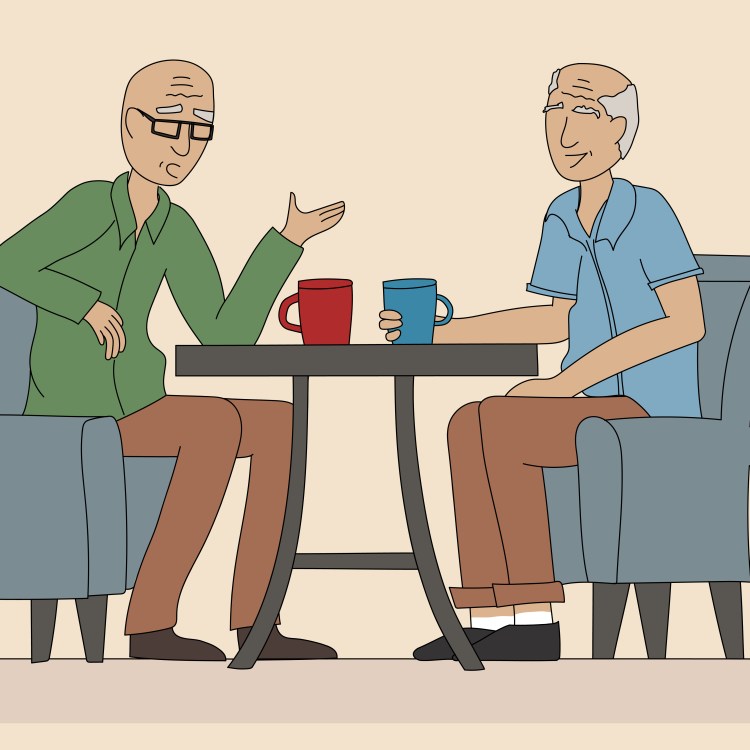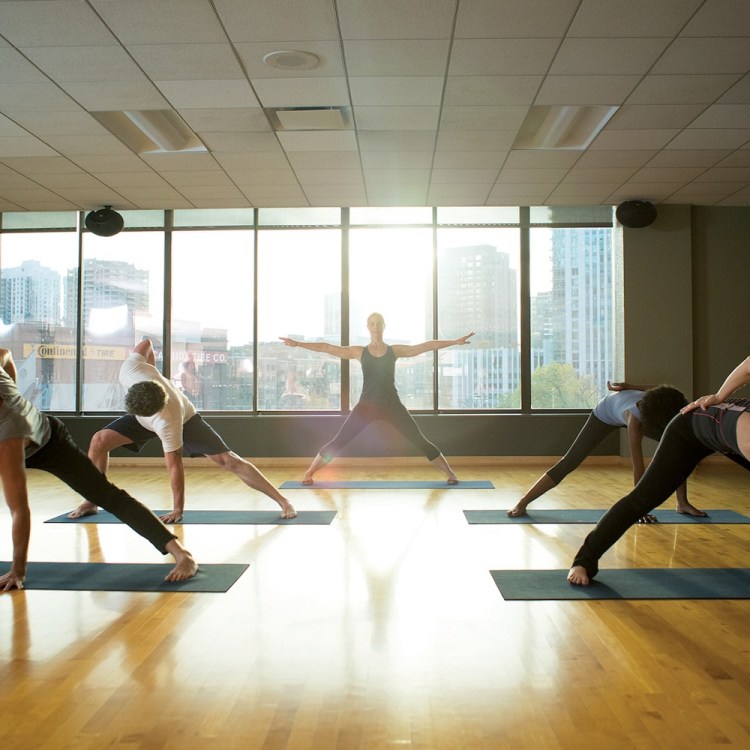Four days ago, Linda Evangelista posted a message to Instagram, claiming that a non-surgical, fat-freezing procedure she took at least five years ago left her “permanently deformed.”
The erstwhile supermodel — who made it big in the same ’90s era as Cindy Crawford and Naomi Campbell — announced her plans to sue Zeltiq Aesthetics Inc., the parent company that distributes the CoolSculpting procedure, for up to $50 million.
Evangelista says that her decision to try CoolSculpting led to paradoxical adipose hyperplasia (PAH), which has been described as resembling “stick of butter” protruding from the skin — essentially, a treatment meant to burn fat cells can multiply them instead. She became a self-proclaimed “recluse” and ended up needing two corrective liposuctions, which was the exact procedure she had avoided in favor of CoolSculpting in the first place.
Unsurprisingly, the story has attracted significant media attention, while Evangelista’s post has attracted thousands of comments in support from fans and friends. Many have taken it upon themselves to remind Evangelista that she is an “icon.”
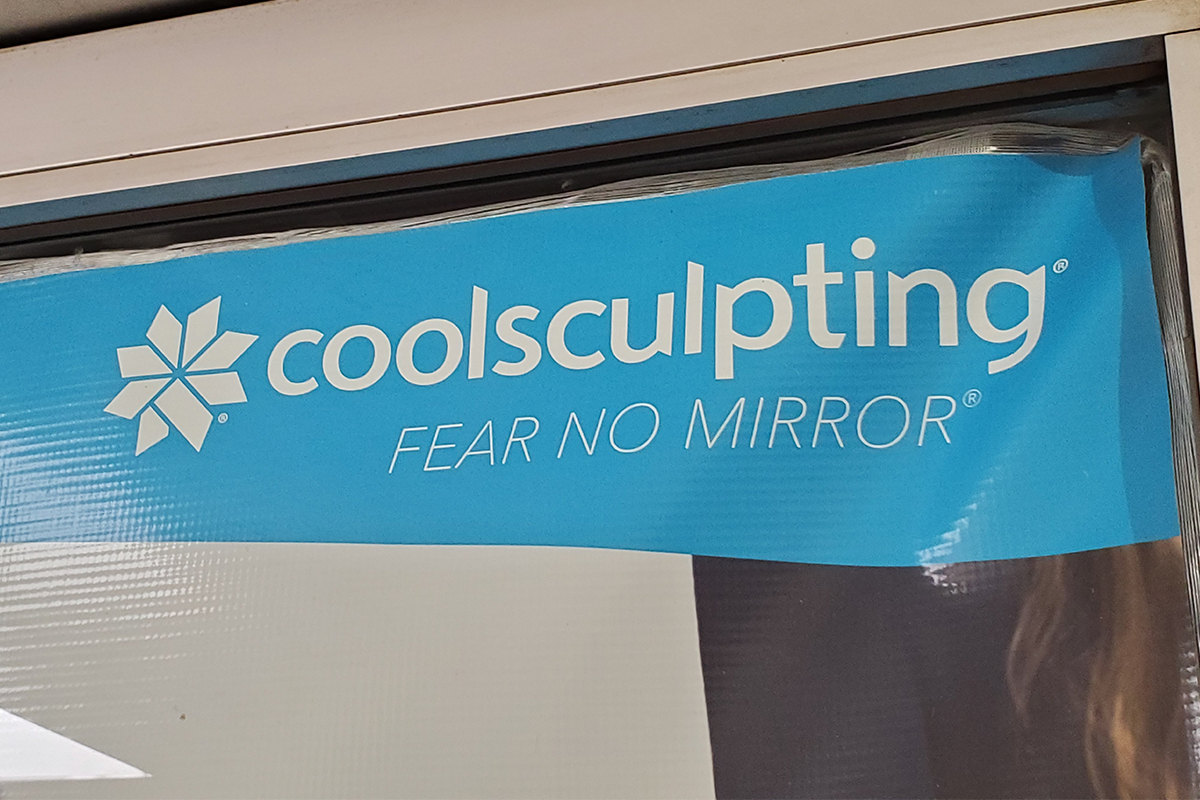
Is her story legit? Board-certified plastic surgeons seem to think so. While CoolSculpting is approved by the FDA, one in 2,000 treatment cycles carries a risk of the patient developing PAH. Of all the nonsurgical fat reduction procedures, CoolSculpting is the most lowbrow; it costs just $650 and can take less than an hour to administer. Because it’s a simple procedure, too, the machinery sometimes ends up in spa treatment centers, instead of the offices of trusted physicians.
It’s why, in the wake of Evangelista’s story, medical professionals are urging potential patients to know the facts before sitting down for a procedure they definitely don’t need. There’s no physical health risk associated with PAH, fortunately — as one plastic surgeon told The Washington Post, “It is purely cosmetically and psychologically disturbing” — but the mental trauma can linger.
A suggestion for one way to lose weight, instead? Opt for “cold sculpting” over “CoolSculpting.” They sound like the same thing, and it’s possible some might confuse the two in the wake of the Evangelista coverage, so here’s the skinny: cold sculpting is a longevity-minded exercise method to convert white fat (the inflammatory fat linked to heart disease) to brown fat (naturally occurring fat that produces heat). Cold-temperature exposure can catalyze this process, and the methods for getting it going are dead-simple.
First and foremost: spend time outside in the winter. Studies suggest just 20 minutes a day in the winter can work wonders. But if you can go a little further and keep up a running habit through the colder, upcoming months, all the more power to you. Another way forward? Take colder showers. We’ve been beating this drum for a long time now, and were happy to have our takes corroborated by a renowned Harvard geneticist last year. Cold-water exposure functions similarly to cold-temperature exposure.
At the end of the day, there is no weight-loss silver bullet. It’s a holistic process (and one which mostly takes place in the kitchen). But well before you turn to CoolSculpting, try cold sculpting. The pain of a chilly run or shower is far from the pain of a procedure gone awry.
Whether you’re looking to get into shape, or just get out of a funk, The Charge has got you covered. Sign up for our new wellness newsletter today.
